EKT Engineering Knowledge Test will be conducted for the technical branch. EKT will be of 45 mins duration only and will be conducted immediately after the AFCAT test. The candidates who are engineering graduates and are applying for the technical branches through AFCAT have to qualify this test.
Currently, IAF has not released any particular syllabus but based on the earlier conducted EKT we have a syllabus which you can follow to study and prepare for this exam. As soon as IAF gives any new information regarding the new EKT, we will bring that in your notice.
Syllabus of EKT Engineering Knowledge Test
- Modern Physics: Quantum Mechanics, Electrical Conductivity in Metals, Dielectric and magnetic properties of materials, Lasers, Super Conductivity and optical fibers.
- Chemistry : Chemical Energy Sources, Solar Energy, Electrochemical Energy Systems, Battery Technology, Fuel Cell, Corrosion Science & Control, Metal finishing & Electroless Plating.
- Mathematics : Differential Calculus, Partial Differentiation, Integral Calculus &Application, Differential Equation, Vector Calculus & Infinite Series, Laplace Transform, Vector Integration, Integral Calculus.
- Computers: Computer peripherals, Data Processing, Data storage, Operation Systems, Networks of an Internets, Algorithms & Flow charts, and Computer aided sketching.
- Electrical: DC Circuits, Electromagnetism, Single phase AC Circuits, Three phase Circuits, Measuring Instruments, Domestic Wiring, DC Machine Transformer, Synchronous Generation, Three phase Induction motor.
- Electronics: Semiconductors diodes, Transistor, SCR, Amp & oscillators, OP Amp, Communication Systems, Number System and Digital Logic.
- Mechanical Engineering : Energy & Steam, Turbines steam, Gas & Water, Internal combustion Engines, Refrigeration and Air Conditioning, Lathe & Drilling Machines, Milling &Grinding Machines, Joining Processes, Lubrication & Bearing , Power Transmission and workshop technologies.
- Digital Electronic Circuits: Number representation and computer arithmetic (fixed and floating point),Boolean algebra and minimization of Boolean functions, Logic functions and logic gates, Minimization, Digital IC families (DTL, TTL, ECL, MOS, CMOS),Design and synthesis of combinational and sequential circuits, Combinational Circuits: arithmetic circuits, code converters, multiplexers, Decoders. Sequential circuits: latches and flip-flops, counters, shift-registers.
- Analog Electronic Circuits: Small Signal Equivalent circuits of diodes ,Simple diode circuits, clipping, clamping, rectifiers, Biasing and bias stability of transistor and FET amplifiers, Amplifiers, single-and multi-stage amplifiers, frequency response of amplifiers, Simple op-mp circuits, Sinusoidal oscillators and criterion for oscillation.
- Computer Organization and Architecture: Machine instructions and addressing modes, Memory interface, Cache and main memory and Secondary storage. Microprocessor (8085):architecture and memory organization.
- Operating System: Processes, Threads and Inter-process communication, Concurrency, Synchronization and Deadlock, CPU scheduling, Memory management and virtual memory, File systems and I/O systems, Protection and security.
- Programming and Data Structures: Programming in C and similar Structured programming languages. Functions, Recursion, Parameter passing, Scope, Binding; Abstract data types, Arrays, Stacks, Queues, Linked Lists, Trees, Binary search trees, Binary heaps.
- Databases: ER-model, Relational model (relational algebra, tuple calculus), Database design (integrity constraints, normal forms), Query languages (SQL), File structures (sequential files, indexing, B and B+ trees), Transactions and concurrency control.
- Computer Networks: ISO/OSI stack, LAN technologies (Ethernet, Token ring), Flow and error control techniques, Routing algorithms, Congestion control, TCP/UDP and sockets, IP(v4), Application layer protocols (icmp, dns, smtp, pop, ftp, http); Basic concepts of hubs, switches, gateways, and routers. Network security: basic concepts of public key and private key cryptography, digital signature, firewalls.
- Information Systems and Software Engineering: information gathering, requirement and feasibility analysis, data flow diagrams, process specifications, input/output design, process life cycle, planning and managing the project, design, coding, testing, implementation, maintenance.
- Engineering Mechanics: Equivalent force systems, free-body concepts, equations of equilibrium, trusses and frames, virtual work and minimum potential energy. Kinematics and dynamics of particles and rigid bodies, impulse and momentum (linear and angular), energy methods, central force motion.
- Strength of Materials: Stress and strain, stress-strain relationship and elastic constants, Mohr’s circle for plane stress and plane strain, shear force and bending moment diagrams, bending and shear stresses, deflection of beams torsion of circular shafts, thin and thick cylinders, Euler’s theory of columns, strain energy methods, thermal stresses.
- Theory of Machines: Displacement, velocity and acceleration, analysis of plane mechanisms, dynamic analysis of slider-crank mechanism, planar cams and followers, gear tooth profiles, kinematics and design of gears, governors and flywheels, balancing of reciprocating and rotating masses.
- Vibrations: Free and forced vibration of single degree freedom systems, effect of damping, vibration isolation, resonance, critical speed of rotors.
- Fluid Mechanics: Fluid properties, fluid statics, manometry, buoyancy — Control-volume analysis of mass, momentum and energy, fluid acceleration — Differential equation of continuity and momentum — Bernoulli’s equation — Viscous flow of incompressible fluids – Boundary layer, Elementary turbulent flow — Flow through pipes, head losses in pipes, bends etc.
- Heat Transfer: Modes of heat transfer — One dimensional heat conduction, resistance concept, electrical analogy, unsteady heat conduction, fins — Dimensionless parameters in free and forced convective heat transfer, Various correlations for heat transfer in flow over flat plates and through pipes — Thermal boundary layer — effect of turbulence — Radiative heat transfer, black and grey surfaces, shape factors, network analysis — Heat exchanger



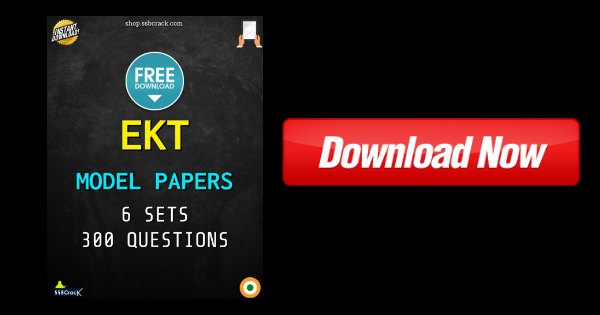
![EKT 2 2016 Cut Off Marks [Official]](https://www.ssbcrack.com/wp-content/uploads/2016/08/EKT-2-2016-Cut-Off-Marks-Official.jpg)
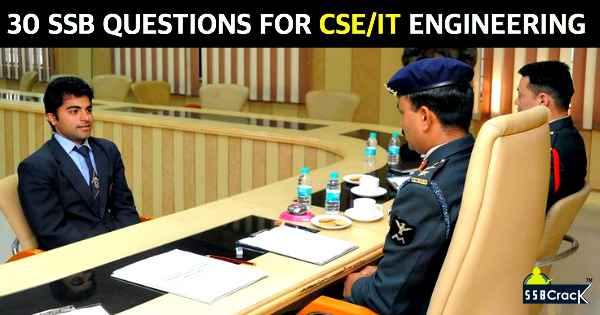
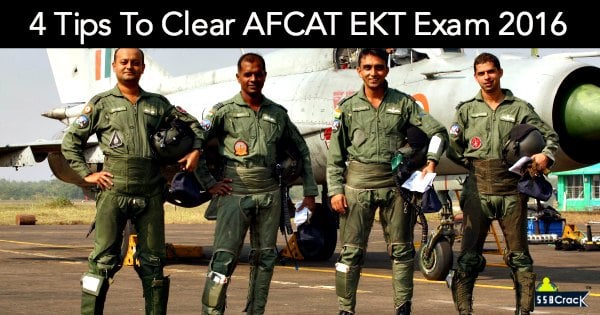
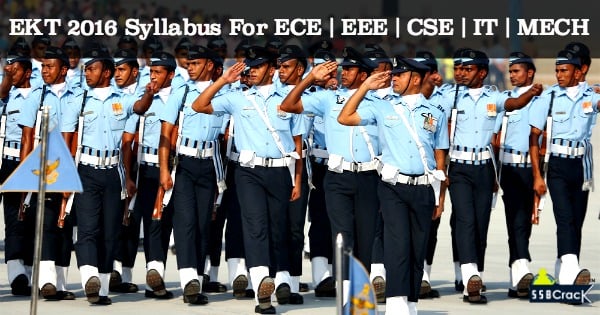
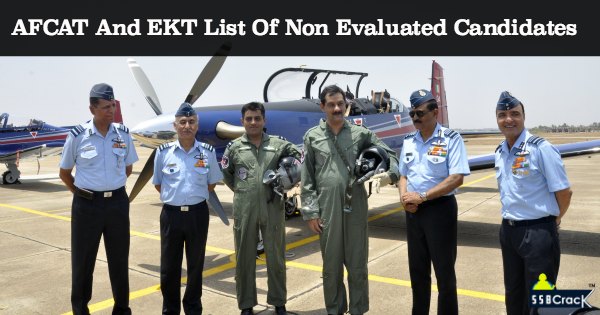

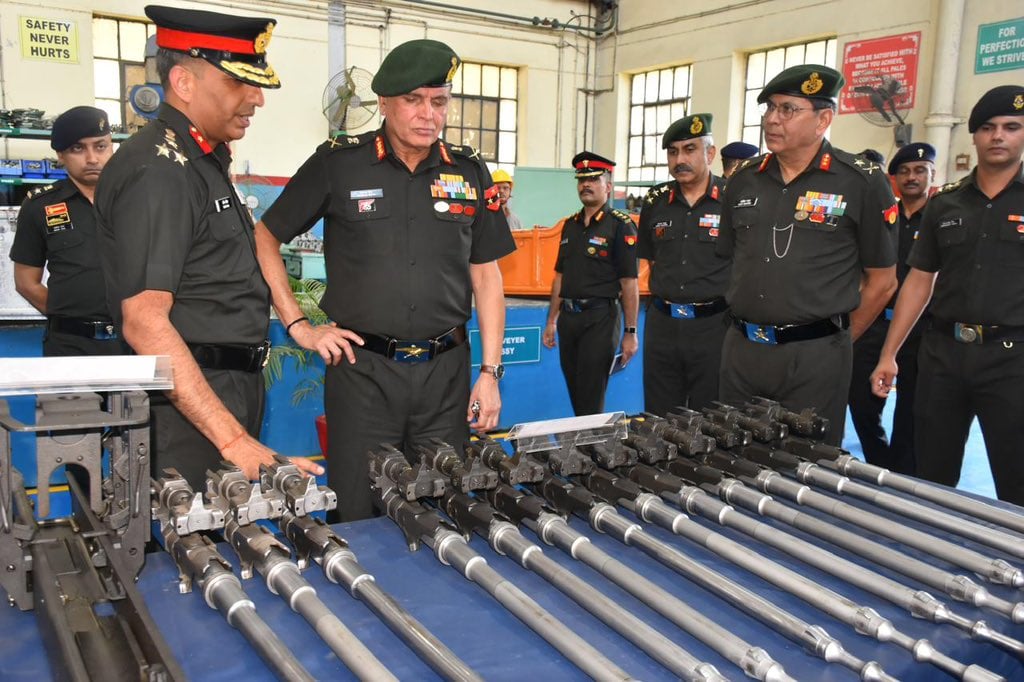
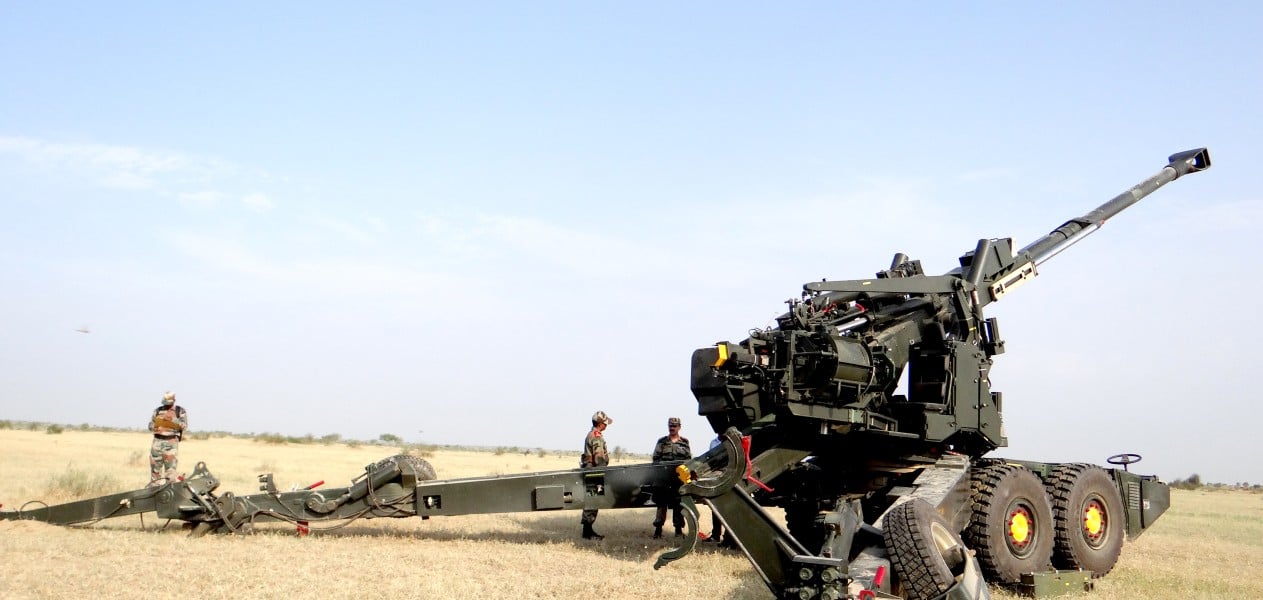
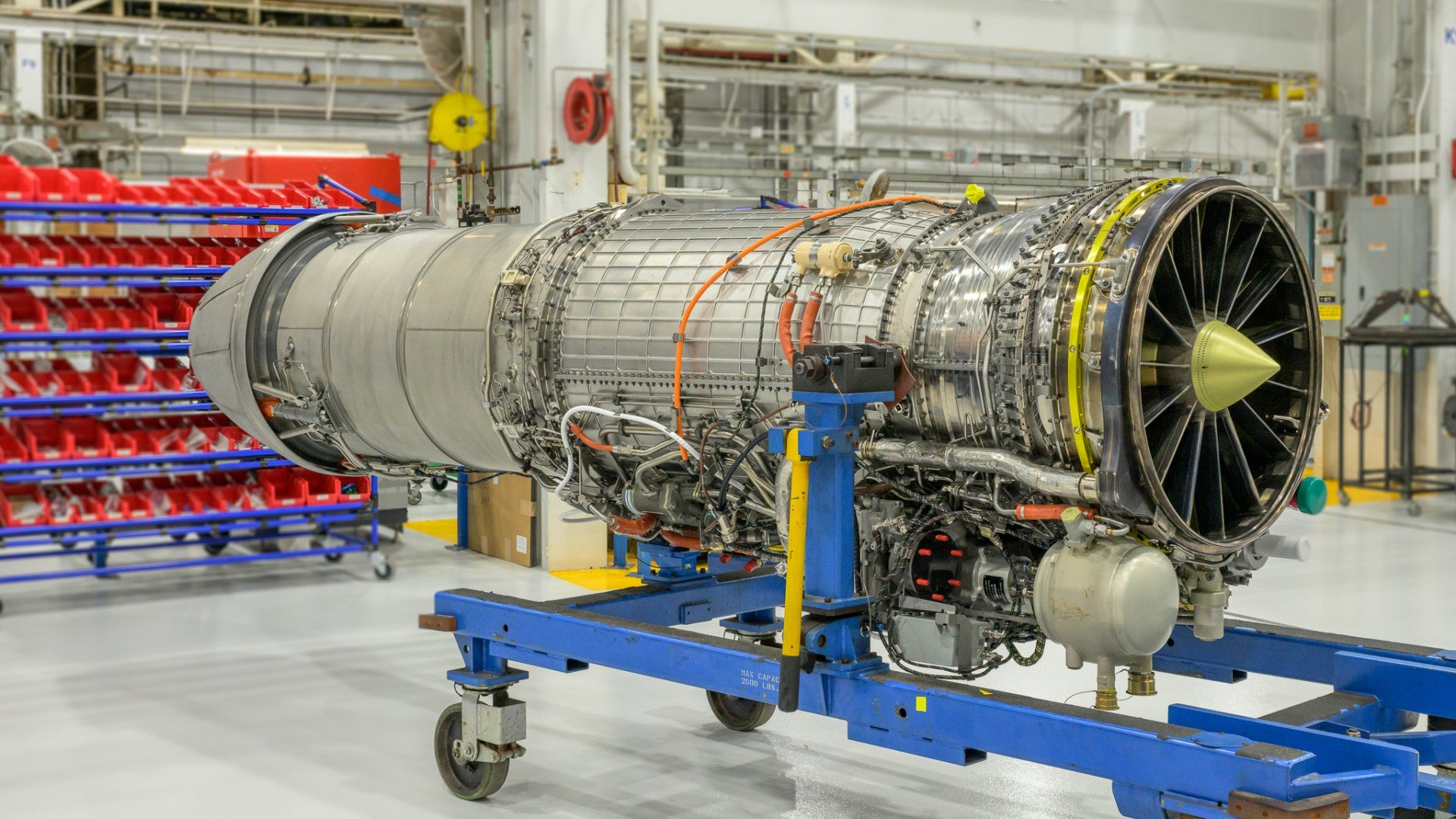
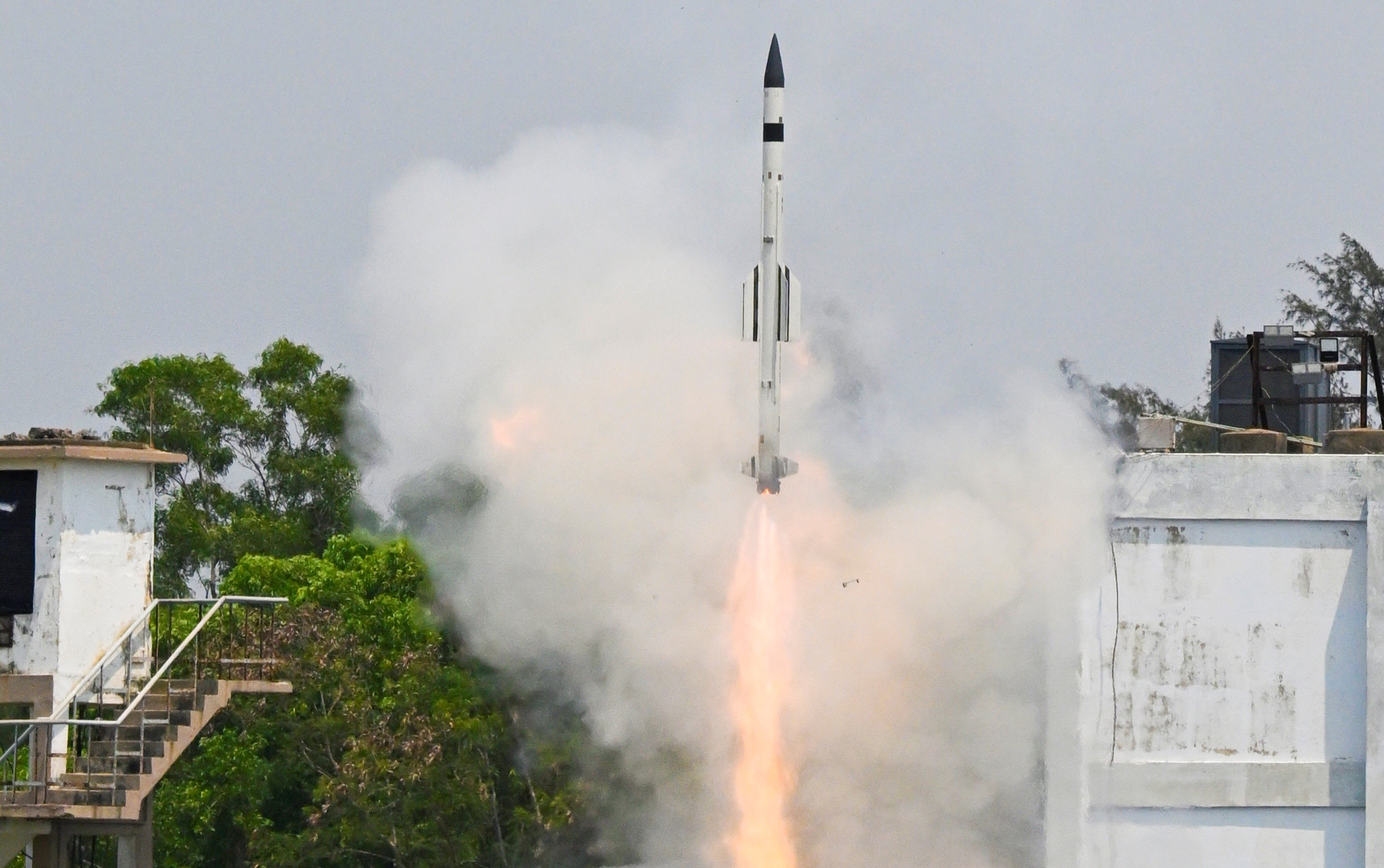
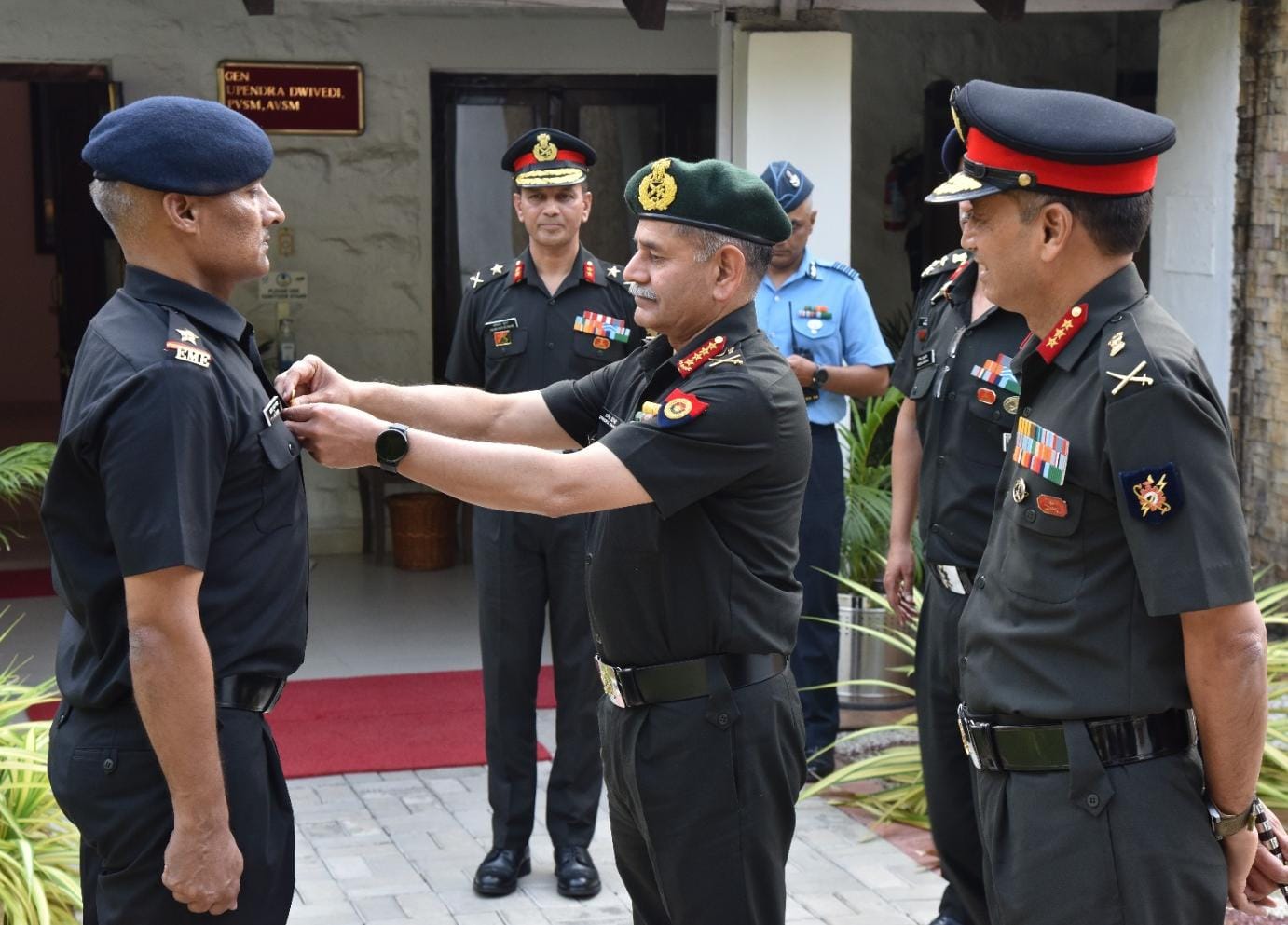
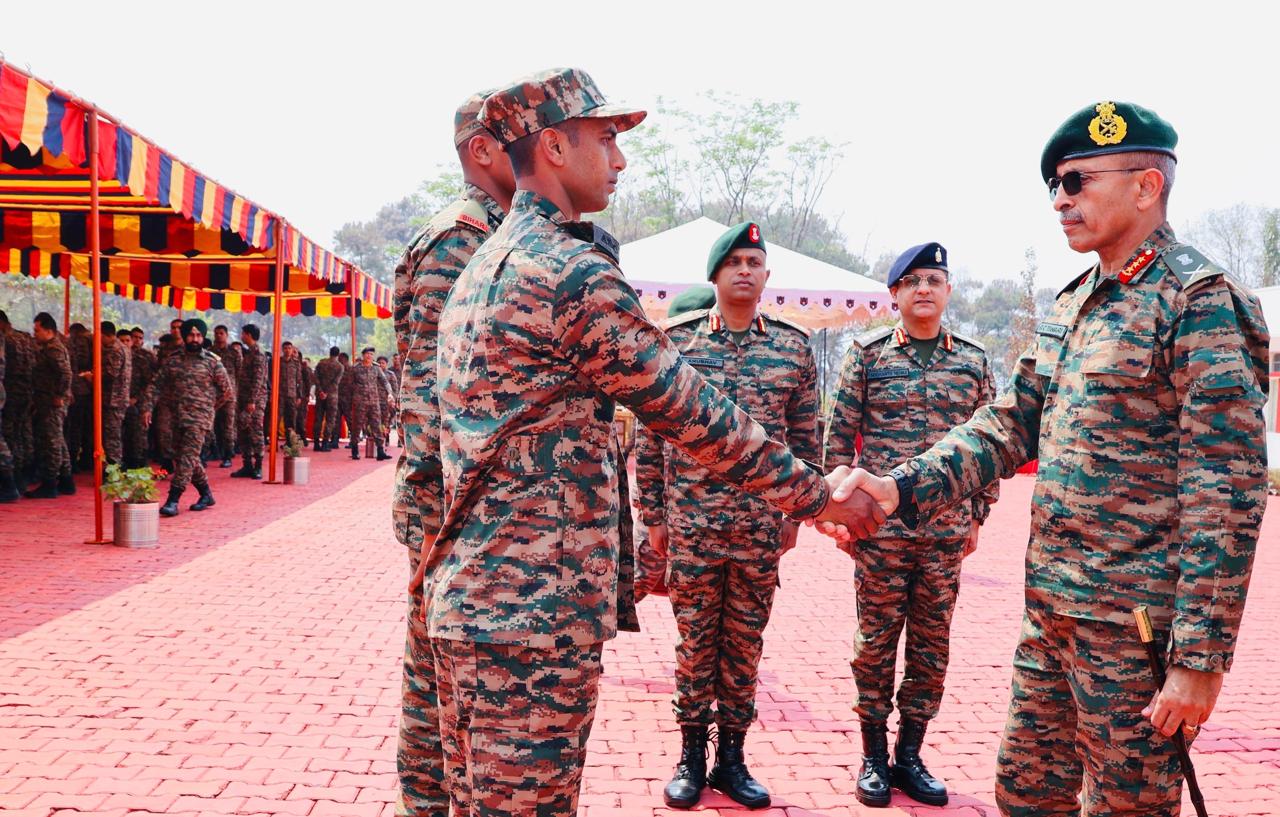
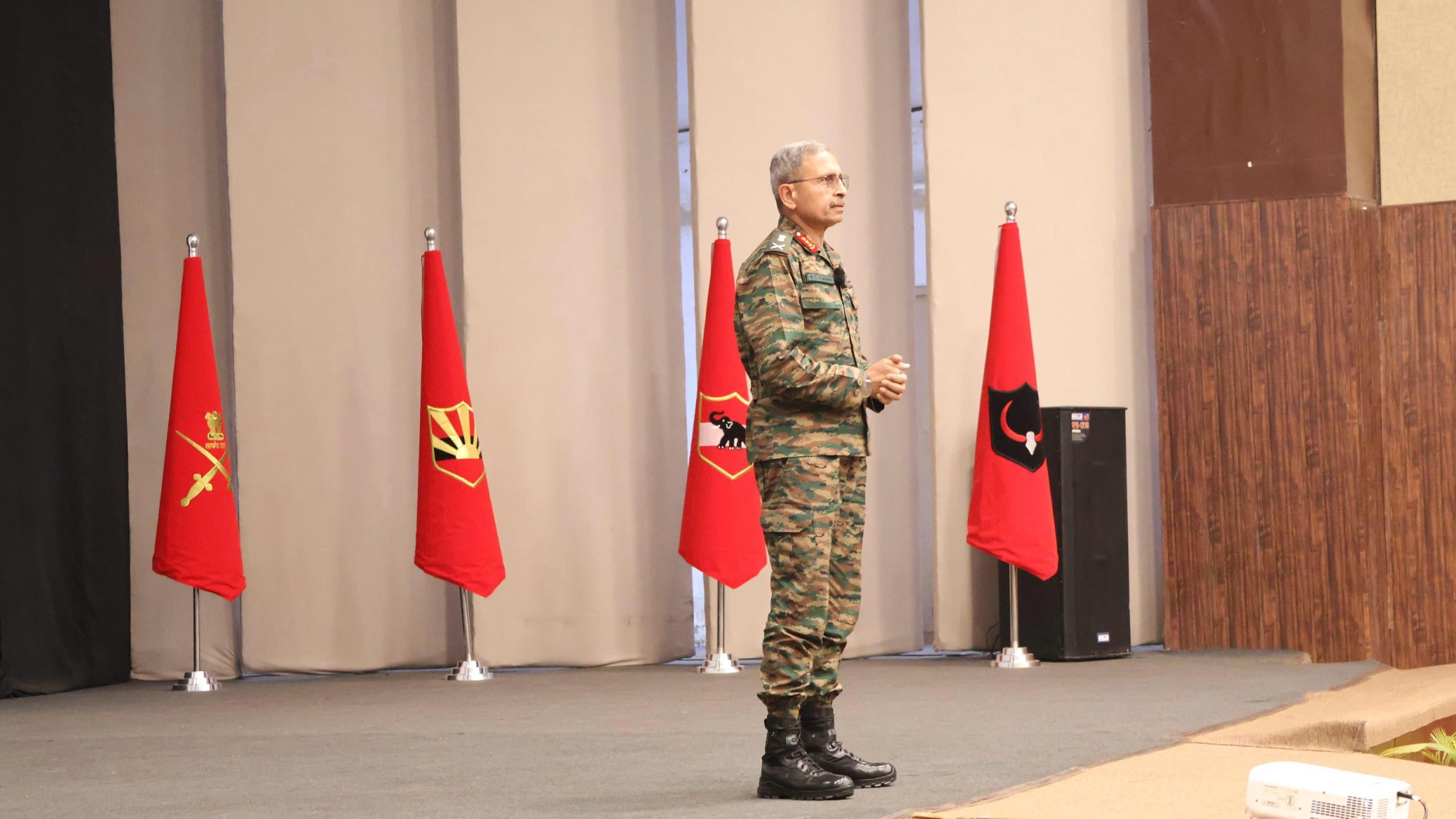
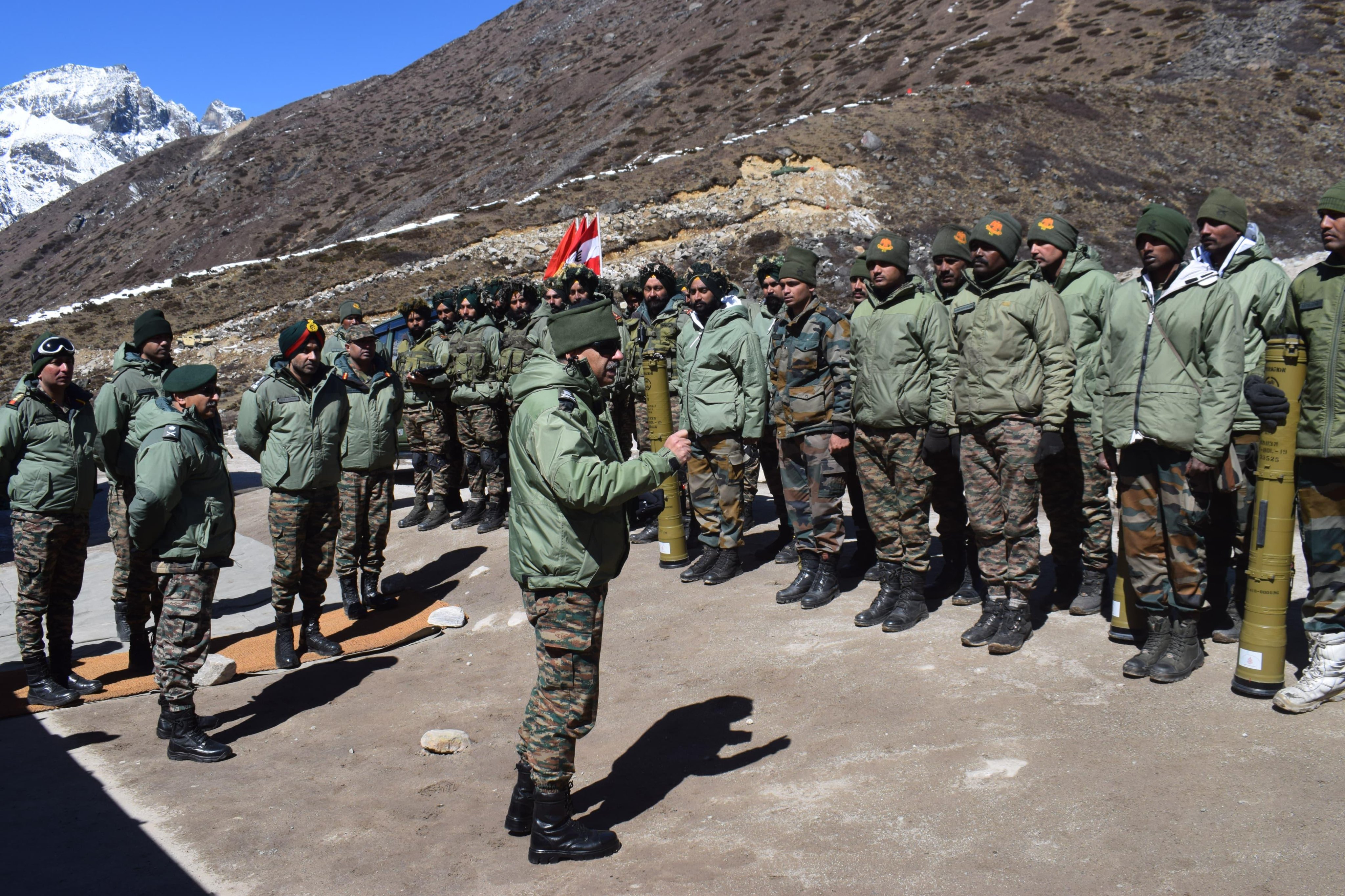

what about electricals and electronics